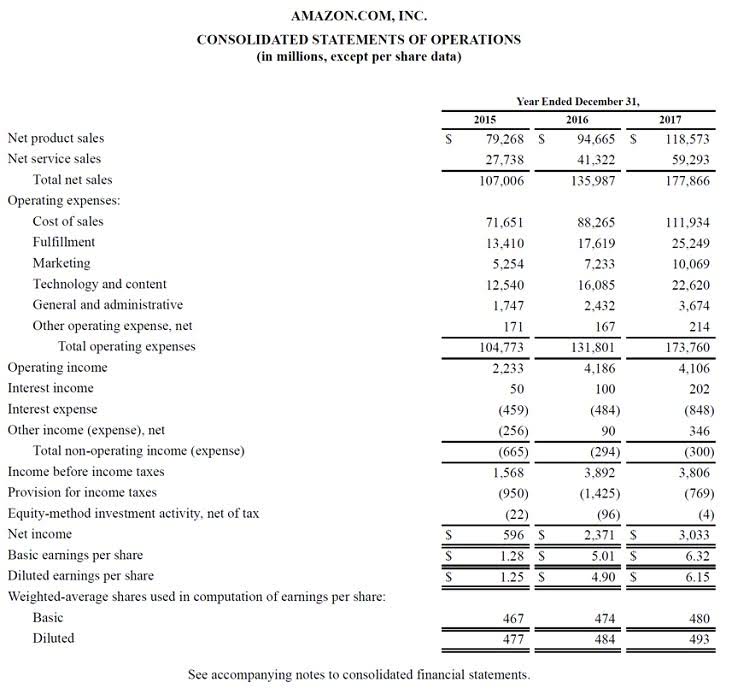
The primary difference between stocks and bonds is their fundamental structure. Stocks represent ownership in a company, making shareholders partial owners entitled difference between stocks and bonds to a portion of profits and potential growth. The basic idea behind a bond is that an entity needs to raise money, and therefore, can sell a bond in return for the required funds. In return, they promise to pay back the initial amount that they borrowed, in addition to interest. Interest represents the compensation rate that the investor, who is the lender in this situation, requires.
- The total amount of dividends you receive will depend on the number of shares you own.
- Jason also founded and operated a small food manufacturing business.
- It’s closer to a bond, with a redemption price, a set dividend, and usually a redemption date (meaning the company will repay investors the redemption value plus dividends owed).
- But because bonds tend to be safer, you won’t have the opportunity to reap as high a return as you would with stocks.
- The issuer of the bond pays back the principal (the loan amount) plus interest over a specified time frame.
- It depends on your financial goals or, more specifically, how far in the future those goals are.
- 5paisa will not be responsible for the investment decisions taken by the clients.
The Prominent U.S. Stock Exchanges
However, the founder does not have money on hand to fund the second lemonade stand even though he knows it will be successful. To make informed decisions, you must understand bonds, their work, and the types available. Get stock recommendations, portfolio guidance, and more from The Motley Fool’s premium services. Trusted https://hastenit.com/client-template/ticse/blog/wp/2023/10/13/the-hidden-costs-of-trade-spend-what-businesses/ by 50 million+ customers in India, Bajaj Finserv App is a one-stop solution for all your financial needs and goals.
How Stocks and Bonds Are Taxed
When a company offers stock, for sale, it sells the portion of its ownership for cash. Therefore, it represents the ownership of the holder in the company determined by the proportion of stock held by him. Stocks can also make money while you’re still holding the investment. If a company does well, it may distribute dividends—money paid by a company to shareholders. Dividends are typically paid out quarterly if a company’s board of directors decides it can afford to share profits with investors rather than investing them back into the company.

Stocks vs. Bonds: Differences and Similarities
- When the bond “matures” at the end of the period, the issuer pays back the full amount borrowed.
- Bond interest income is generally taxable, though tax treatment depends on the issuer.
- The recommended portion of stocks and bonds in your portfolio changes depending on your circumstances.
- Stocks generate income through dividends, which are payments made by a company to its shareholders, and capital gains from the increase in stock price.
- Income from bonds is usually earned through interest or coupon rates.
- Preferred stock, a hybrid security, shares characteristics of both bonds and equities.
For example, stocks going down 50% could be devastating for someone who depends on this money during retirement. These mixed stock and bond portfolios are usually rebalanced regularly, such as once per quarter or once per year. Stocks and bonds are often inversely correlated, meaning that bookkeeping when stocks go down, bonds go up. In comparison, the US stock market has returned close to 10% per year historically (although there is no guarantee that this will continue indefinitely).

The market’s average annual return is about 10%, not accounting for inflation. In contrast, the U.S. bond market, measured by the Bloomberg Barclays U.S. Aggregate Bond Index, has an all-time return of around 6%, also not accounting for inflation. Treasury bond payments are generally exempt from state income tax, although they are fully subject to federal income tax. If that company performs poorly, the value of your shares could fall below what you bought them for. Issuing stock also dilutes (reduces) existing shareholders’ ownership stakes, while debt doesn’t. Companies must find the balance between cost of capital and acting in the best interest of shareholders.
Bonds Represent Debt

The bondholder does not own part of the entity but holds a promise of principal repayment and regular interest payments. Consider investing in balanced funds which seek to maximize diversification and may offer the benefit of lessening the need to rebalance assets or time the market. If you don’t have the time or expertise to monitor various investments, then putting money into a mutual fund can be a safer, more practical way to invest. Such a 50/50 portfolio returned 8.4 percent a year, on average, for the same period, according to Vanguard.